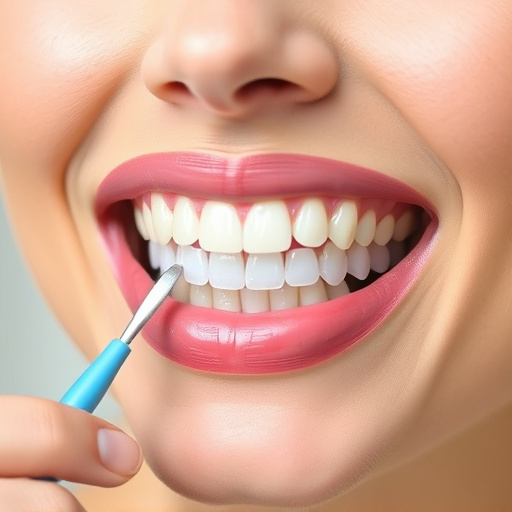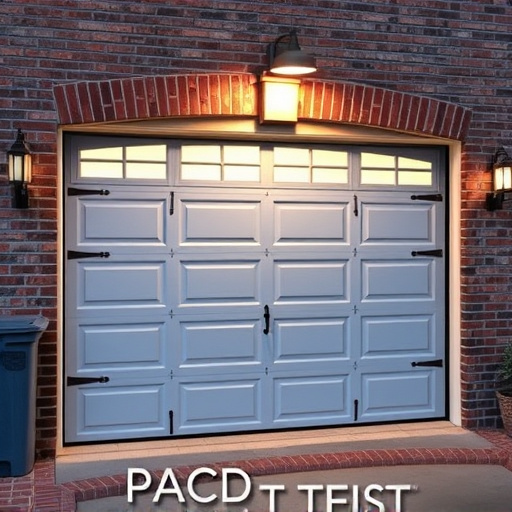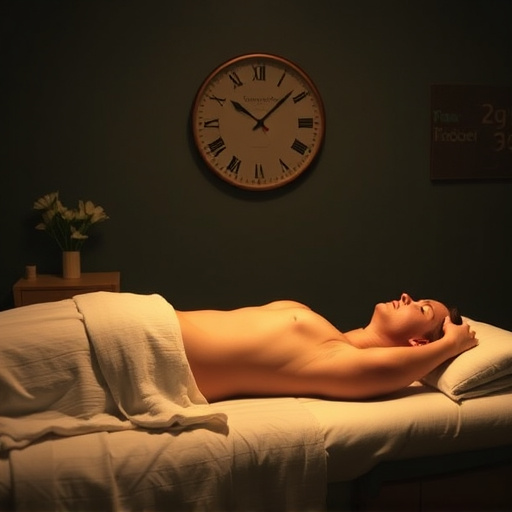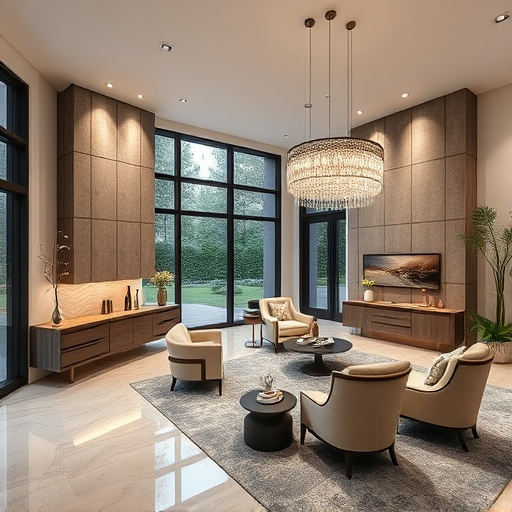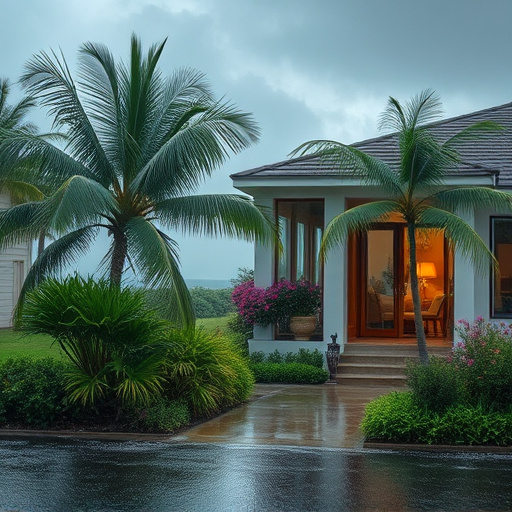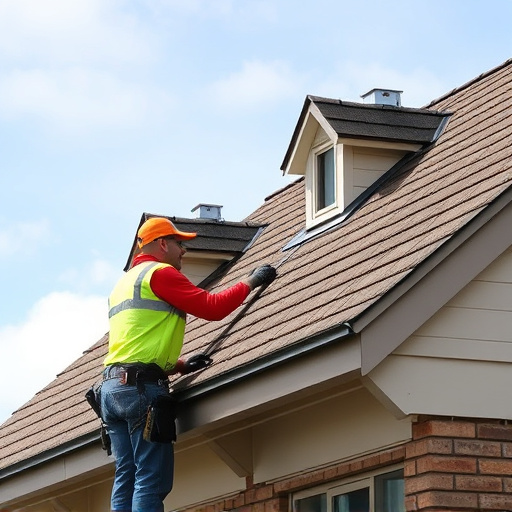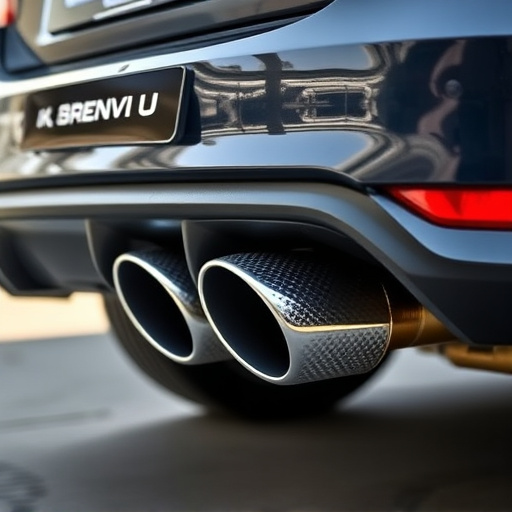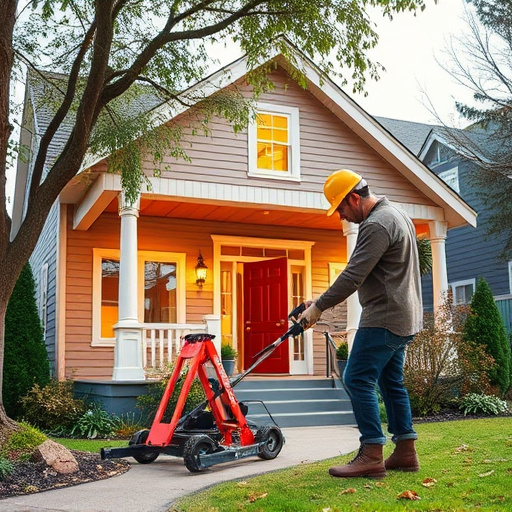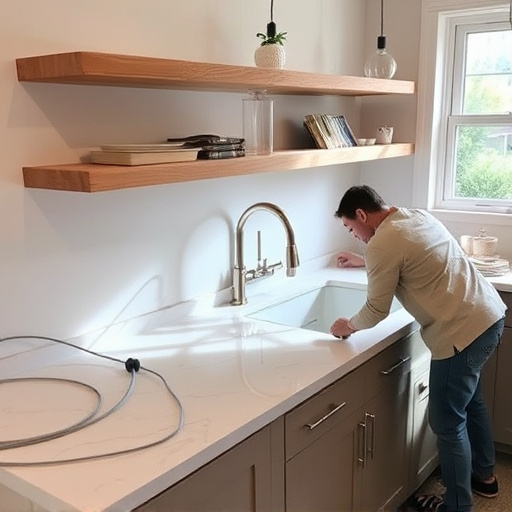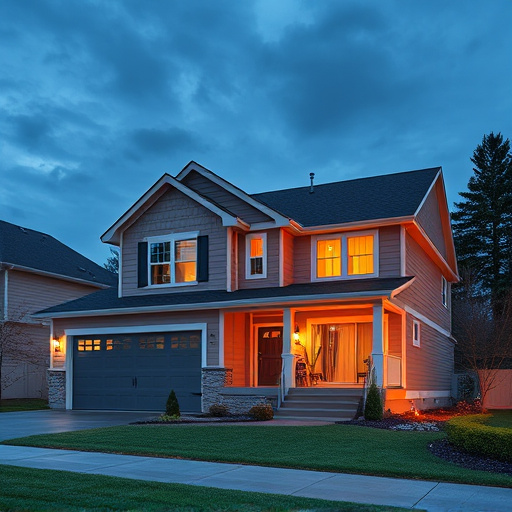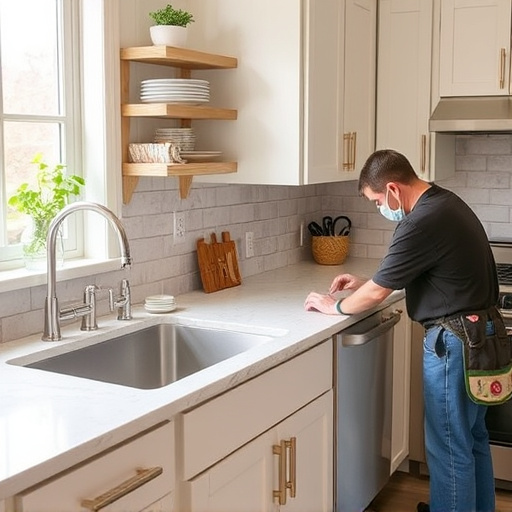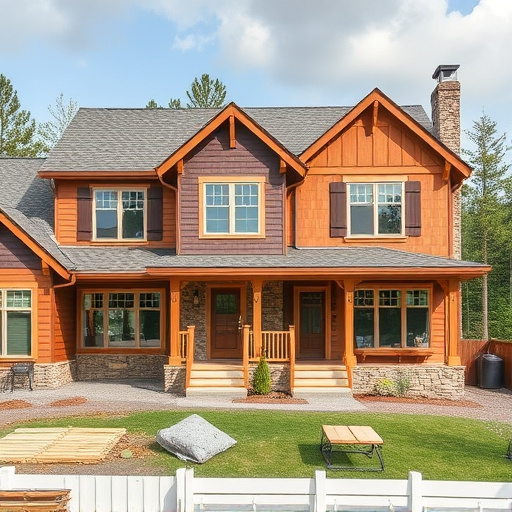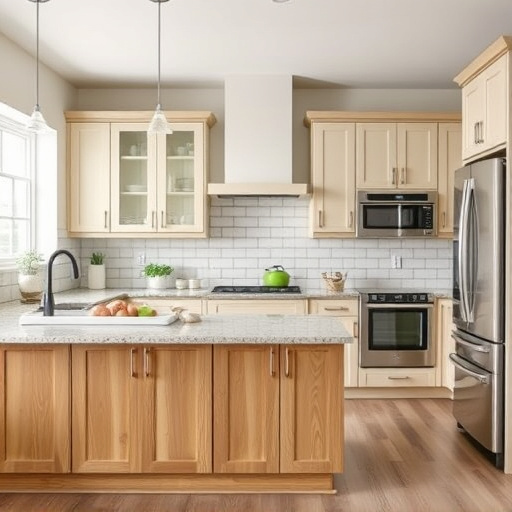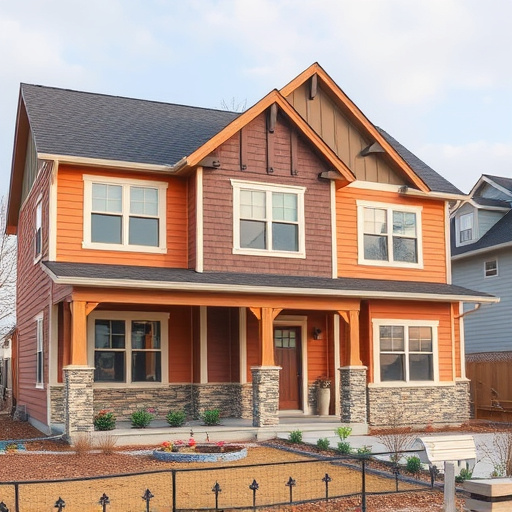By 2025, cabinet design trends focus on tech innovation with smart home integration, sustainability using eco-friendly materials like reclaimed wood and bamboo, and personalization through advanced manufacturing and digital tools, aligning with growing demands for tailored renovation services. Voice control, built-in charging, and automatic opening mechanisms revolutionize kitchen functionality, catering to homeowners' style and practicality needs.
“Unveiling the future of living spaces, this article explores what interior designers predict for 2025 cabinet design. From sustainable materials reducing environmental impact to smart kitchen tech enhancing efficiency, these trends redefine modern cabinetry. We delve into the evolving landscape, where functionality meets aesthetics. Discover how innovative designs, driven by eco-consciousness and technology, are transforming homes, making cabinets not just storage solutions but integral elements of contemporary interiors.”
- Future Trends Shaping Modern Cabinetry
- Sustainable Materials and Their Impact
- Tech Integration for Smart Kitchens
Future Trends Shaping Modern Cabinetry
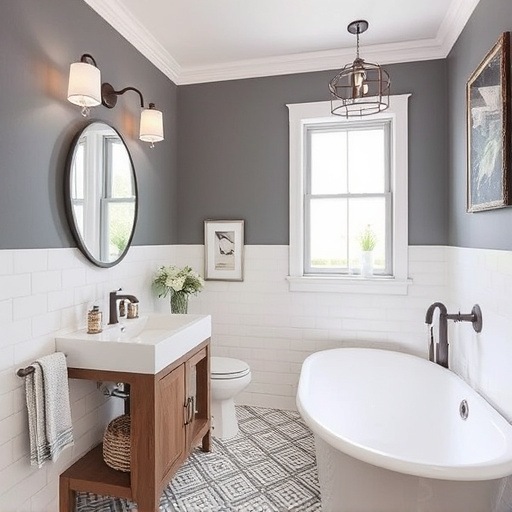
The year 2025 promises to be a pivotal moment for cabinet design, with several future trends poised to reshape the way we think about and utilize storage solutions within our homes. One prominent trend is the integration of smart technology into cabinetry, enabling features like touchless opening mechanisms, automated lighting, and even integrated USB charging stations. This not only enhances convenience but also contributes to a more seamless and modern aesthetic.
Another notable shift is towards sustainable and eco-friendly materials, with interior designers advocating for the use of reclaimed wood, bamboo, and recycled metal in cabinet construction. These materials not only reduce environmental impact but also add unique character and warmth to any space. Additionally, customization continues to be a key focus, with homeowners seeking one-of-a-kind pieces that reflect their personal styles. This trend is supported by advanced manufacturing techniques and digital design tools, making it easier than ever to bring bespoke cabinet designs to life—whether through intricate carvings, bold colors, or innovative layout configurations—blending seamlessly with the growing demand for tailored renovation services and interior painting solutions in the coming years.
Sustainable Materials and Their Impact
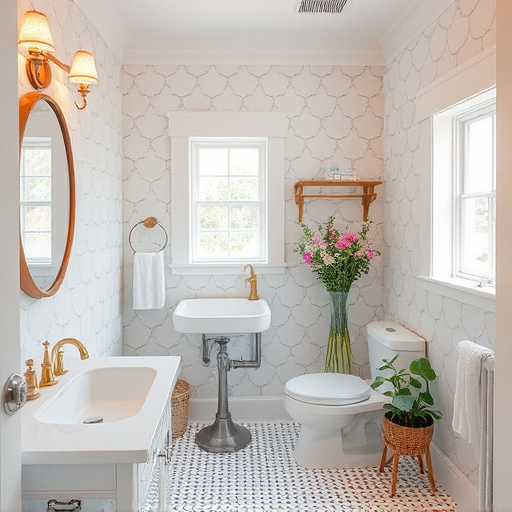
The year 2025 is just around the corner, and interior designers are predicting a significant shift in cabinet design, with sustainability taking center stage. As consumers become more environmentally conscious, there’s a growing demand for eco-friendly materials in home improvement services, especially in kitchen and bath spaces. This trend isn’t just about aesthetics; it’s a response to the industry’s impact on the planet.
Natural, sustainable materials like bamboo, reclaimed wood, and recycled metal are expected to be prominent features in future cabinet designs. These options not only reduce environmental footprints but also add unique textures and visual interests to any space. From sleek modern kitchens to cozy rustic bathrooms, these materials can enhance both functionality and style while promoting a greener lifestyle, making them popular choices for those looking to invest in both home improvement and sustainability.
Tech Integration for Smart Kitchens
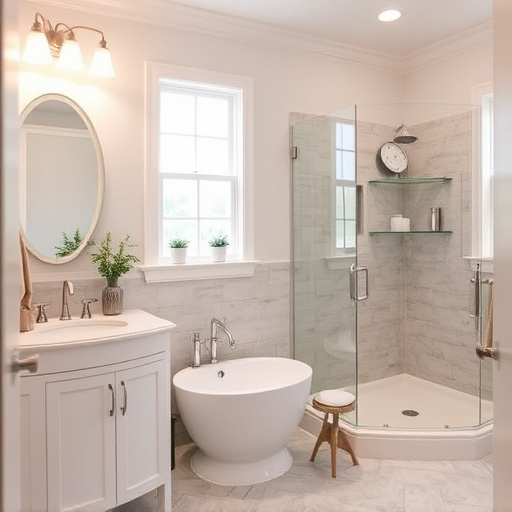
As we move into 2025, tech integration is set to transform cabinet design, making kitchens smarter and more efficient. Interior designers predict a future where cabinets become connected hubs, seamlessly integrating with smart home systems. Voice-activated controls for lighting, temperature, and appliance functions will be standard features, allowing for seamless control of the kitchen environment.
This trend towards smart kitchens isn’t just about convenience; it’s also about enhancing functionality. Cabinets designed with built-in charging stations for devices, automatic opening mechanisms, and customizable storage solutions will optimize space and streamline daily routines. By embracing technology, cabinet design in 2025 promises to create more adaptable, modern, and user-friendly spaces, reflecting the evolving needs of today’s homeowners seeking both style and practicality through home improvement services.
In looking ahead to 2025, interior designers predict a future where cabinet design blends aesthetic appeal with innovative technology. The integration of smart features and sustainable materials will redefine kitchen spaces, creating both functionality and visual interest. By embracing these trends, cabinet makers can offer homeowners modern solutions that enhance their daily routines while contributing to a more eco-conscious future. This shift towards progressive cabinet design promises to transform homes into truly connected and beautiful living environments.
